Dalmatian islands at Adriatic coast and Karst features in Mesozoic carbonate rock
Dalmatian Islands Croatia
The Dalmatian coast is a region on the east shore of the Adriatic Sea in Croatia. A narrow belt of Island stretching from the island of Rab in the north to the Bay of Kotor in the south. The Dalmatian is mostly covered by the rugged Dinaric Alps and ranges in width from 50 kilometers in the north to just a few kilometers in the south. Dalmatian consists of Seventy-nine islands and about 500 islets run parallel to the coast. The largest in Dalmatia are Brač, Pag, and Hvar. Dinaric Alps are a series of roughly parallel south-east trending ranges that stretch from Slovenia’s Julian Alps in the north, through Croatia and Montenegro, to Albania in the south. See the Dalmatian island Map.
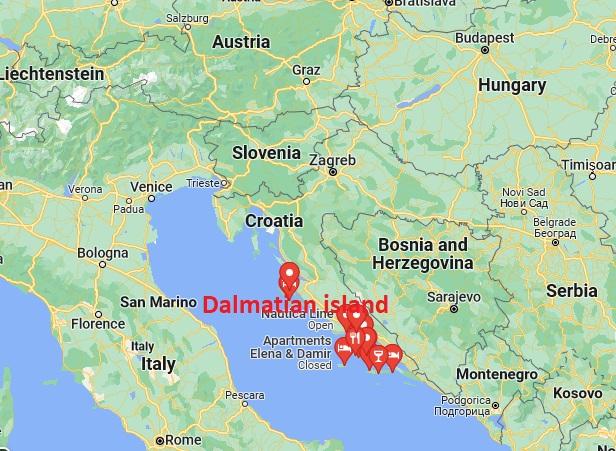
Geology of the Area the Dalmatian coast
Dinaric Alps are a series of roughly parallel south-east trending ranges that stretch from Slovenia’s Julian Alps in the north, through Croatia and Montenegro, to Albania in the south. Dinaric Alps and its stretch constitute a fold and thrust belt produced by a continental collision between Eurasia and Adria. Adria is a microcontinent that separated from Africa during the closure of the Tethys Ocean. That collision produced the Alps and Apennine ranges with the Dinarides. The Adria microcontinent constitutes, Italy’s east coast and Croatia’s Istrian peninsula, along with the floor of the intervening Adriatic Sea, which is being thrust beneath Eurasia to form today’s Dinaride fold and thrust belt.
The Dalmatian coast features nearly 80 islands and more than 500 islets. most of Dalmatia island is situated in Croatia territory. Dalmatia’s islands are a product of its collisional setting, where the sea has inundated the fold and thrust belt, drowning the synclines, whereas the anticlines stand as echelons of long, narrow islands. The plate Collision began in the Eocene and continues today with the Convergence rate of 4.5 mm/yr.
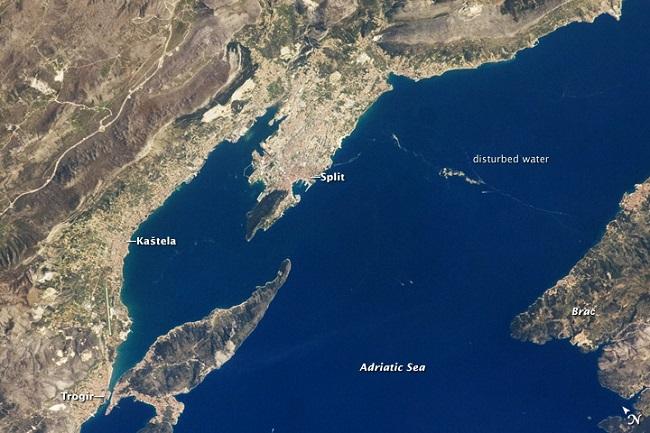
Both the Eurasian and Adrian margins of the Tethys were blanketed by thick sequences of shallow marine carbonates in the Mesozoic era, which were folded and thrust up to form the Dinaride mountains. Because the range consists of Carbonates rock, karst features abound in the area. in fact, the term karst is derived from Slovenia’s Karst plateau, which rises a short distance northwest of Dalmatia. Ocean Water exits the limestone from scenic wonders that leave an indelible impression on Geotourist to this idyllic landform. The largest Dalmatian mountains are Dinara, Mosor, Svilaja, Biokovo, Moseć, Veliki Kozjak, and Mali Kozjak.
Best Dalmatian Islands
Hvar and the Dalmatian Coast include The long, rugged high mountains with hundreds of offshore islands and is Europe’s most popular vacation spot. In summer, Dalmatia is flooded with thousands of tourists attracted by the marvelous Dalmatian cuisine. Each island in Dalmatia has its own uniqueness and secluded getaway. The coast is dotted with everything from major cities such as Split and Zadar to picture-perfect beaches such as lovely Brela Beach. Islands of the Dalmatian Coast included.
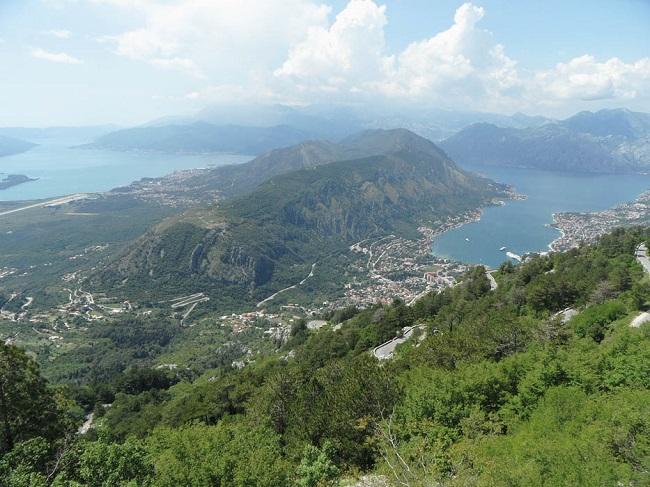
Split
Roman Emperor Diocletian built his 7-acre palace in 295-305 C.E., The walls are seven feet thick and 72 feet high and still stand. Over the centuries, people living in the palace incorporated its building stones, walls, and walkways into their homes and shops. The Roman architecture of the palace blends various architectural styles. The remains of the Roman palace are at the heart of the old town. Visitors can go in the early morning to this plaza to soak up the history of the surrounding area. UNESCO declared the area a World Heritage Site in 1979.
Also read- Chia Beach in Sardinia Italy, Best Geotourism place in Italy
Trogir
Old Town Trogir has an authentic medieval and has a reputation as a citywide museum. It is famous for intact buildings, defensive city walls, narrow stone streets, decorated gates, and Kamerlengo Castle. Old Town Trogir was designated a UNESCO World Heritage Site in 1997. Trogir was founded by the Greeks in 385 B.C and its history is displayed at the Trogir City Museum.
Dubrovnik
Dubrovnik town’s main street, the Stradun, is famous for shops and restaurants, with fascinating narrow side streets to explore. Visitors can explore the city walls for panoramic vistas of the city and the sea or ride the cable car for a bird’s eye view. Visitors can wander the winding streets, set sail on a dinner cruise, or explore the fortifications of Fort Lovrijenac.
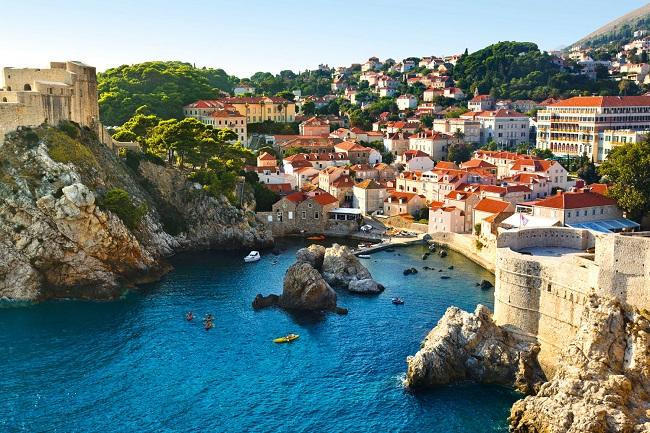
Vis Island
The Island is a popular stop for yachts, the promenade is filled with boaters. The visitors can find herein a quality meal or relax in the coffee bars with views of the ocean water. Small piazzas off the Riva offer a place to sit and enjoy that gelato or take a break from the sun around the area.
Hvar Island
Hvar Island is known for its historical buildings, modern culture, and an excellent base for exploring the entire island. The Hvar have Twisting, narrow stone-paved streets, leading to hidden restaurants, hotels, galleries, and shops. Hvar town is also famous for activities like kayaking bicycling or sailing. Boat taxis take sunbathers to beaches in the neighboring Pakleni Islands. Visit the Renaissance summer home and garden of Hanibal Lucic and the Heritage Museum.
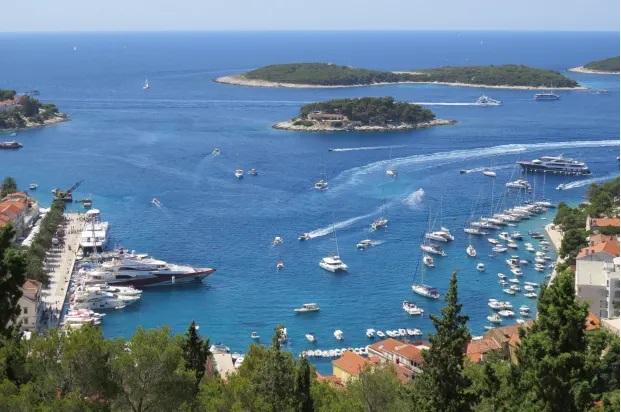
Dalmatian Islands Cruise
The Dalmatian Coast Cruise itinerary begins in Split and ends in Dubrovnik, Croatia, and some departures run in reverse. There is also an 8-day Adriatic Explorer alternative itinerary that covers a much distance, from Opatija to Dubrovnik and reverses, with unique stops in Rab, Zadar, Skradin, Šibenik, and Metković.
The Highlights include wandering the medieval town of Korcula and spectacular Hvar island, exploring the famous salt lakes in the Mljet National Park, sipping wine at a traditional winery in Vis. Apart from this riding the cable car for scenic views of Dubrovnik, and swimming at the famous shifting beach of Zlatni Rat is famous activities.
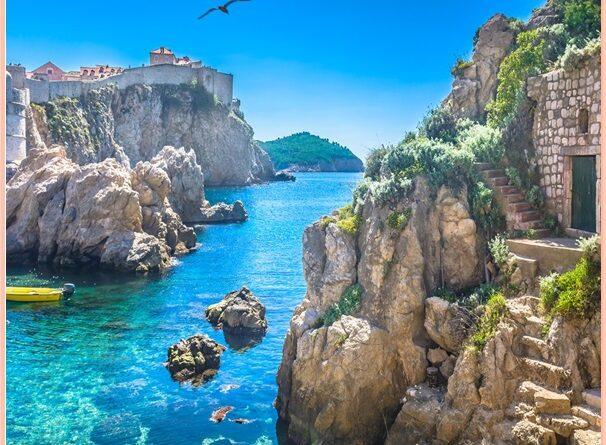
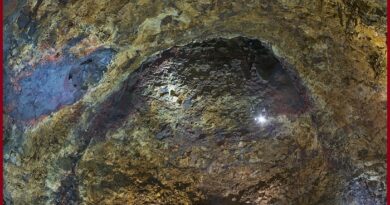

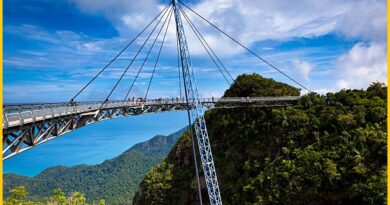
Pingback: Bavaria Germany, A Pristine countryside in Alps Mountains - Geotourism